Our Favorite Weird Zoom Lenses That Buck Conformity
The photographic world tends to flow into a state of normality, order, and conformity. Certain lenses just work for most situations, and the popular choices of the professionals quickly become the traditional tools of the masses. It seems everyone starts with a general-purpose lens that covers a rough full-frame range of 28mm to 70mm or so, and then eventually, you end up with something wider and something longer.
Maybe this is the best way to go, or maybe it’s the way the system pushes people to conform but now we have choices that truly go against the flow. Welcome to the world of “weird” focal lengths, which I must say includes a variety of strange and wonderful optics. However, for the sake of this article — and brevity — I want to talk only about the ones that I have personally reviewed.
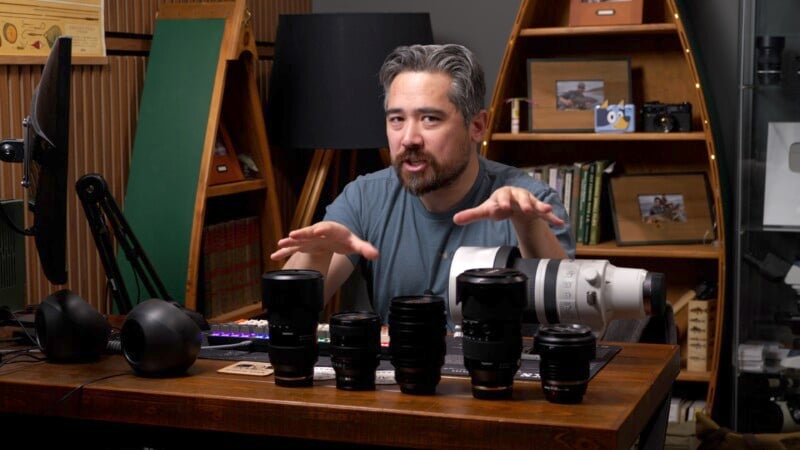
The Weirdest Zooms: Tamron 35-150mm f/2-2.8 Di III VXD
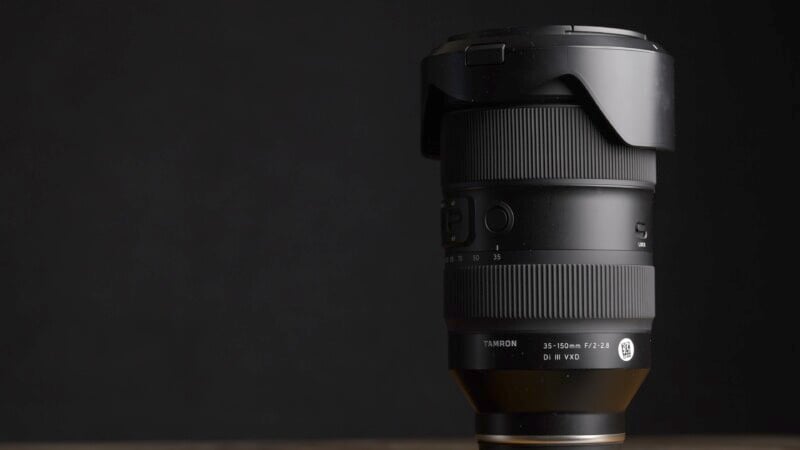
Let’s start with the king of them all. The Tamron 35-150mm f/2-2.8 astounded me when I first played with it. It is such a strange focal range with a floating aperture range that you don’t see often and comes with both a hefty lens design and a fairly costly price tag. However, there is no denying its versatile range which couples perfectly with a 16-35mm type of lens.

You get a lens that provides plenty of light and has all the optical performance to go with it. I can’t think of a better all-in-one event photography lens for concerts and weddings, and you might only need an additional ultra-wide zoom lens to cover everything you need.
The Weirdest Zooms: Tamron 50-300mm f/4.5-6.3 Di III VC VXD
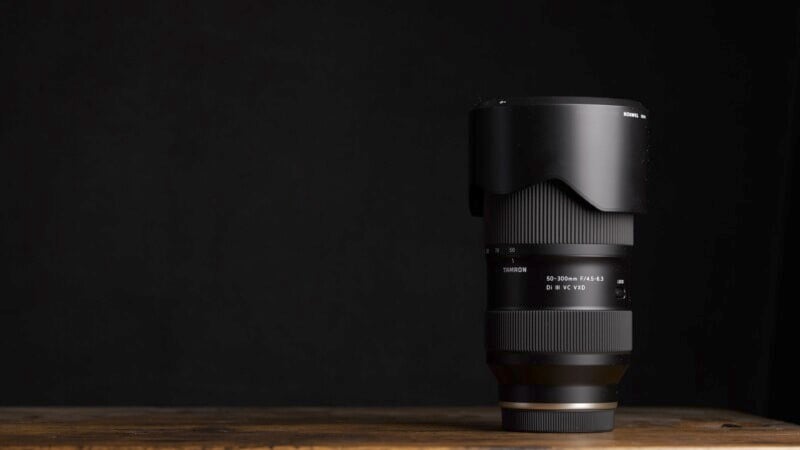
One of the most ubiquitous lenses around is the classic 70-300mm zoom lens. It is almost always the second lens that a novice photographer acquires and provides a very useful extension beyond the general-purpose range.
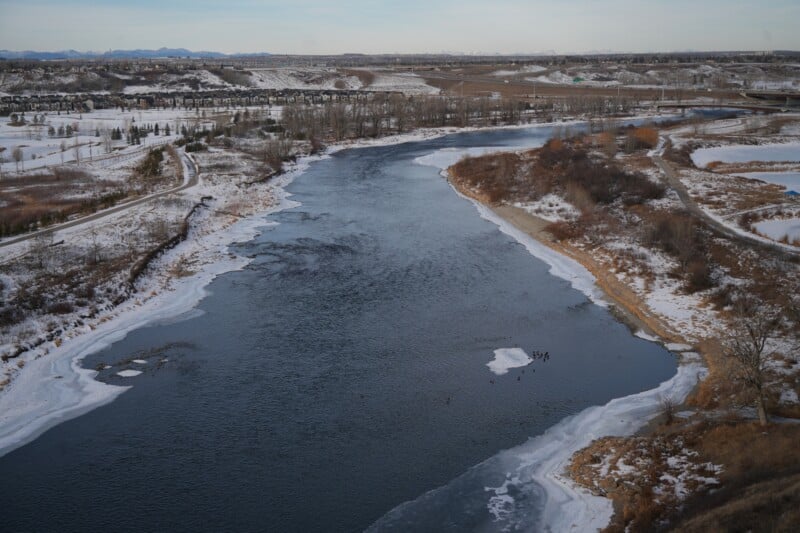
Enter the Tamron 50-300mm f4.5-6.3, which I’ll admit doesn’t seem that radical a mutation of the classic formula, until you consider the utility of having a telephoto that starts at the most normal of ranges. By pushing the wide range only 20 more millimeters you can now couple this lens with an ultra-wide zoom like a 16-35mm or 20-40mm and find yourself covered for all your travel photography needs with only two optics. If you want even more versatility, Tamron pushes a little further with its 50-400mm as well.
The Weirdest Zooms: Sigma 28-45mm f/1.8 DG DN Art
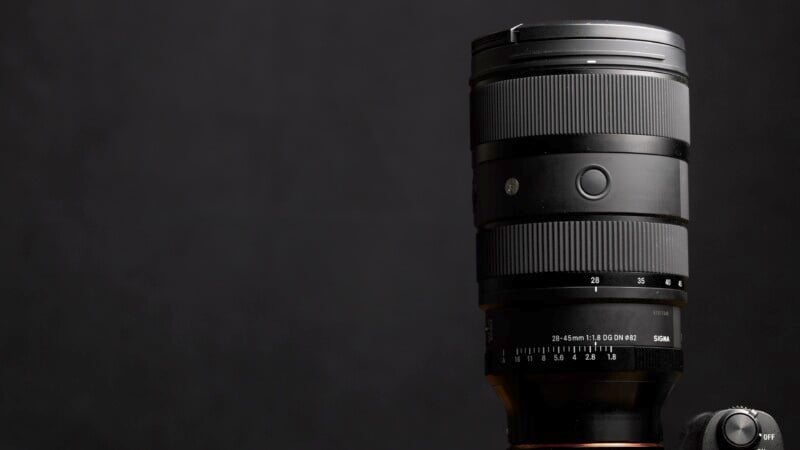
Sigma may stick to more conventional lens ranges but it does break the mold once in a while. It makes a very interesting Art series 28-45mm f/1.8 lens which delivers prime-like sharpness and enough light-gathering potential for any situation. I was impressed by how good the bokeh looked and even the flare response and sunstars add a unique flavor to this Sigma professional lens. Admittedly, the actual span of the focal range is limited and it doesn’t venture any wider than 28mm. I would rather have a fast 24mm prime and an accompanying 50mm fixed lens myself, but there is a lot to be said for a compact zoom lens that can replace three prime lenses in the camera bag.

The Weirdest Zooms: OM System M.Zuiko Digital ED 8-25mm F/4.0 PRO
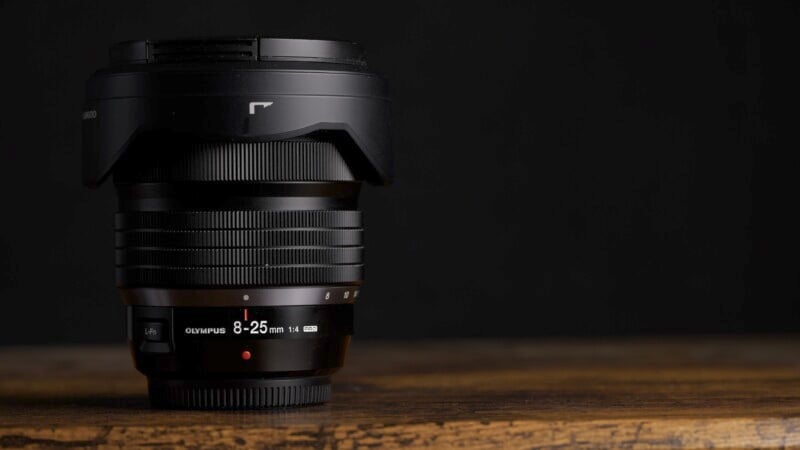
So far we have a lot of third-party lenses but the world of strange focal lengths does not only belong to them. The OEM manufacturers also delve into the realm of the weird and OM System has a versatile 8-25mm f/4 lens that gives a full-frame equivalent of 16-50mm. The 8-25mm is part of the PRO series and is both rugged and compact, with a lens that covers any photography from ultra-wide to normal.
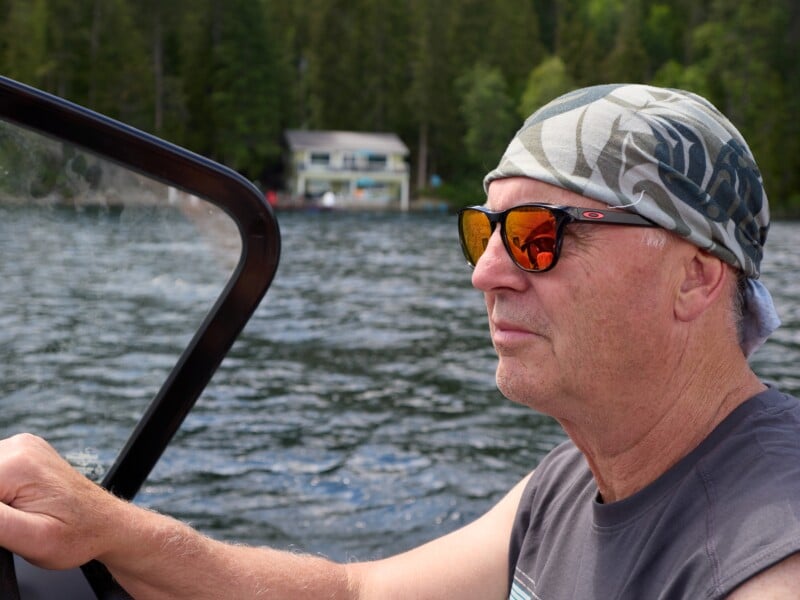
Couple this lens with an OM System 40-150mm zoom and you can handle almost anything with two lenses. Consider also that many users doing street photography or landscapes might not ever need to take another lens in the camera bag. They can simply wander the world with the 8-25mm and be satisfied immensely.
The Weirdest Zooms: Panasonic Leica DG Vario-Summilux 10-25mm f/1.7 ASPH
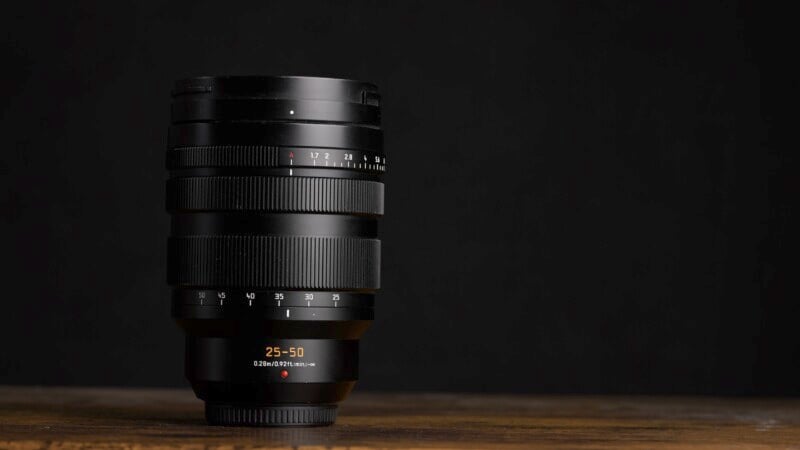
Speaking of Micro Four Thirds, Panasonic also makes a 10-25mm f/1.7 lens which does a similar job to the above OM System lens. Both lenses would make for a perfect partner for the next lens we will discuss, which is the Panasonic 25-50mm f/1.7. If ultra-wide to normal isn’t your thing, how about a lens that can cover all the common portrait lenses in one go?
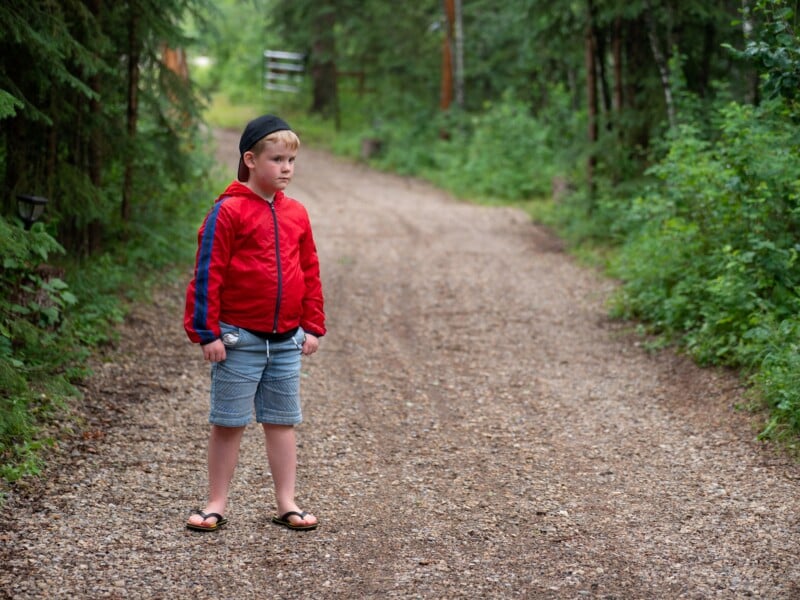
The fast f/1.7 aperture can still give those desirable soft backgrounds and everything from group portraits to a classic head-and-shoulders shot is handled in one package. It doesn’t hurt that both the 10-25mm and 25-50mm are Leica-designed DG lenses and you have ideal twins to handle any situation. They also happen to be ideal for video work and Jordan Drake can’t think of a better combination to mount on a Panasonic GH7.
The Weirdest Zooms: Canon RF 100-300mm f/2.8 L IS
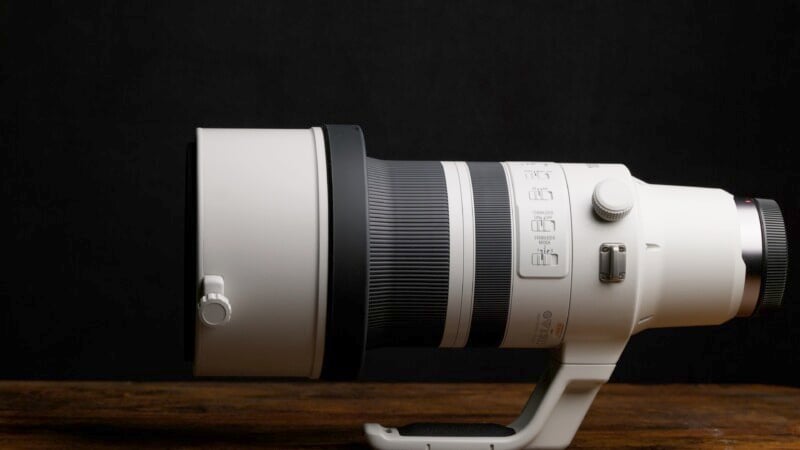
Canon may have revolutionized the sports and journalism world with its latest L lens designs. First, it came out with a 24-105mm lens that sports an f/2.8 aperture. Then it followed it up with the equally astounding 100-300mm f/2.8. Two lenses that can provide the light that full-frame shooters want with the focal lengths that they need.

The 24-105mm is a great lens but it is also a big one to handle, but what I am really impressed by is the 100-300mm f/2.8 giving all the versatility of a zoom without being appreciably larger or heavier than the fixed 300mm f/2.8 lens. It’s optically excellent and rugged enough for the most adventurous of wildlife photographers, and couples beautifully with a teleconverter when more reach is required.
The Weirdest Zooms: Sony FE 20-70mm f/4 G
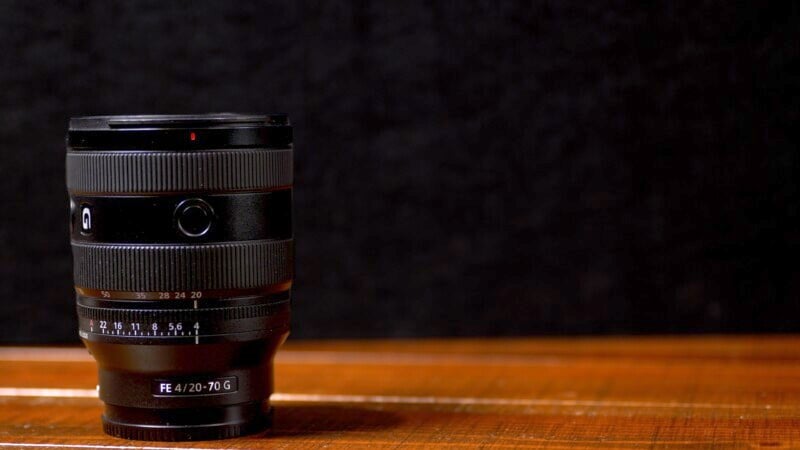
I saved my favorite for last. The Sony 20-70mm f/4 G lens is not one of Sony’s prestigious G-Masters. Nor is it the flashiest of lenses either. In fact, what I love about it is just how unassuming and yet terribly convenient it is for my photography. When I first reviewed it I was excited by the prospect of a general-purpose lens that goes way wider than normal. I have to admit that I also expected it to be an optical dog of a lens.

Turns out that the 20-70mm f/4 is optically brilliant with plenty of sharpness and a really nice-looking bokeh. More so, it is compact and lightweight which makes it my ideal walk-around lens and I would absolutely use it for anything from travel landscapes to street-side portraits. I’m surprised that no one else has jumped onto a similar kind of lens, but I hope they do.
If I’ve learned anything from testing out all these weird and wonderful lenses let it be this: everyone has different needs for lens coverage and often these alternate focal ranges can satisfy the needs of a photographer with only one or two lenses. If you find yourself only shooting wide to normal ranges or perhaps you never go wider than 35mm or never wider than 20mm, these lenses might make your camera bag that much smaller and lighter. Figuring out what ranges you really shoot the most is the first step. Checking out some of these useful alternatives is the next. You might just fall in love with the weirder side of photography.
